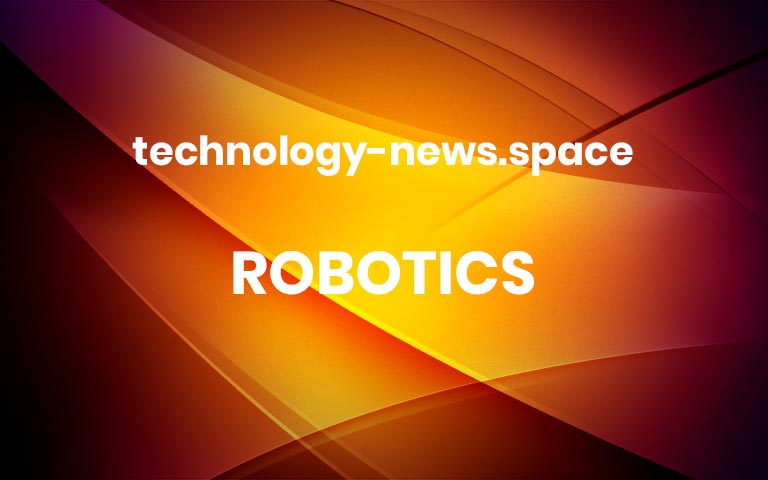The Amazon Fire TV Omni QLED is great for gaming, but works just as well with Alexa
Amazon Fire TV Omni Series QLED 3.5 / 5 Good pros and cons Pros Great picture and sound Dedicated game mode Alexa features are optional Easy to set up Great for gaming Cons A bit overpriced No easy way to access app library Somewhat invasive ads on home screen Lots of cool features locked behind […] More


